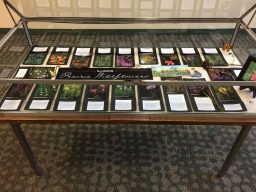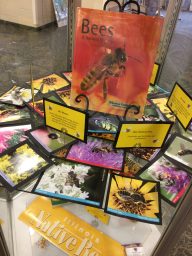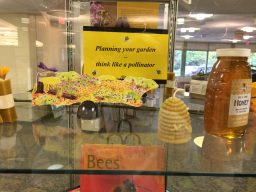Prune spring-flowering shrubs such as forsythia that have already flowered.
Fertilize roses early this month or mid-month if you already fertilized last month. Use a 20-20-20 liquid solution when flower buds are set. Mulch around the plants to retain moisture.
Stake perennials before they reach 6 inches.
Pinch back fall-blooming perennials such as chrysanthemums, asters, and tall sedums once a week.
Direct growth of perennial vines on their supports.
Check peonies for botrytis blight or other fungal problems. If they had problems last year, spray when plants are 2-4 inches tall. I’m quoting: There are fungicides that can help protect your plants from Botrytis blight. You need to look for a product that says on the label that it can be used on the specific type of plant, peony, and the specific disease, for instance, Botrytis blight. There should be products with the active ingredient “Mancozeb” or some type of copper that are labeled for use on peony against Botrytis blight. In terms of where to apply the fungicide, read and follow all label directions! I don’t think it is necessary to dig out the peonies before treatment, but follow the directions above all. Fungicides should be applied to protect against Botrytis blight early in the season.
Continue reading “Horticulture Report – May 2019”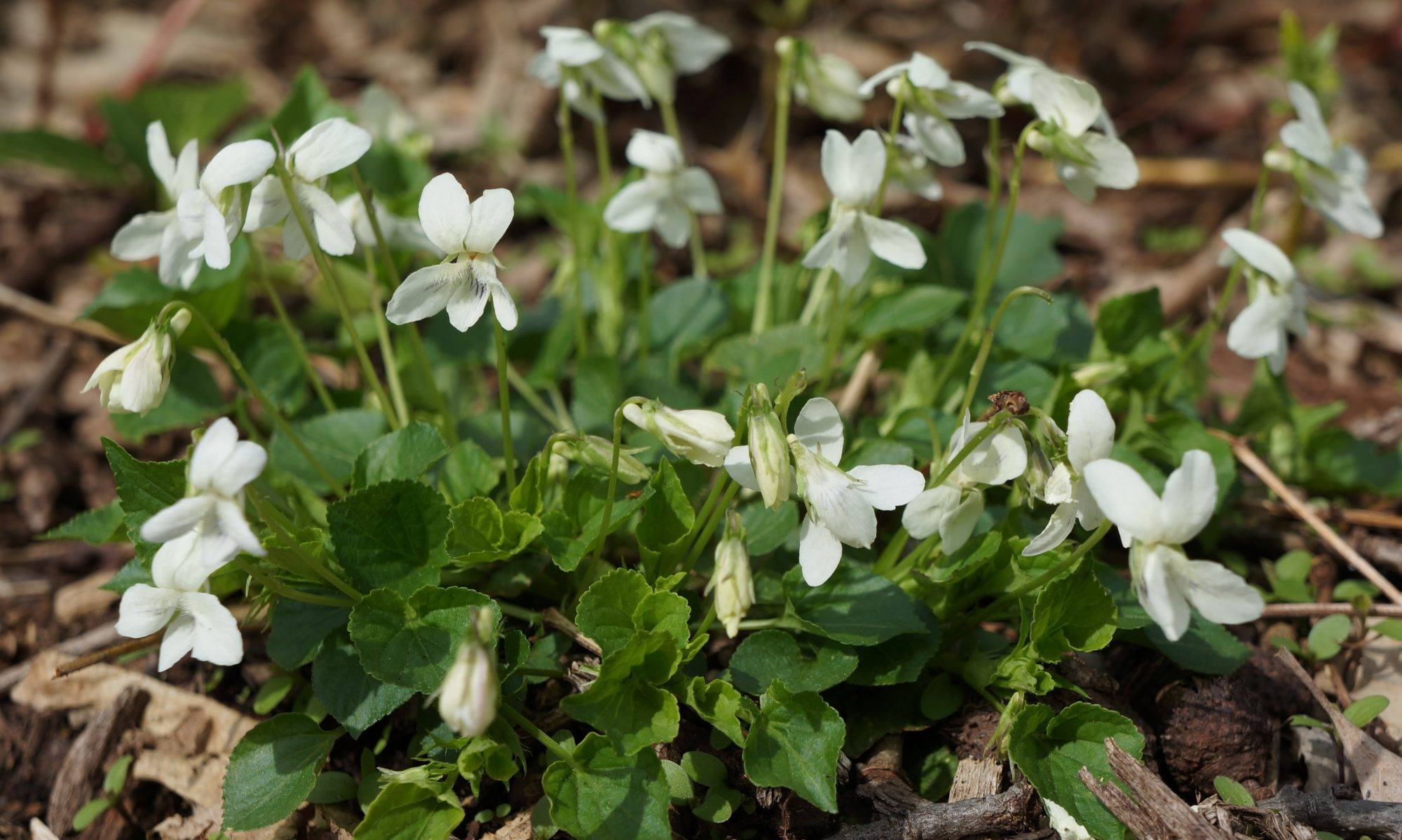
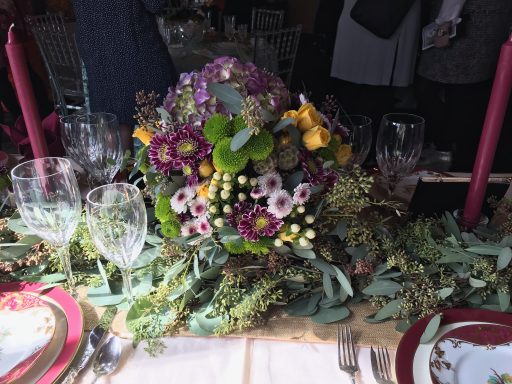
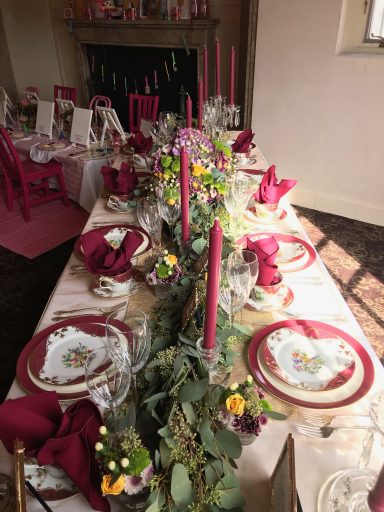
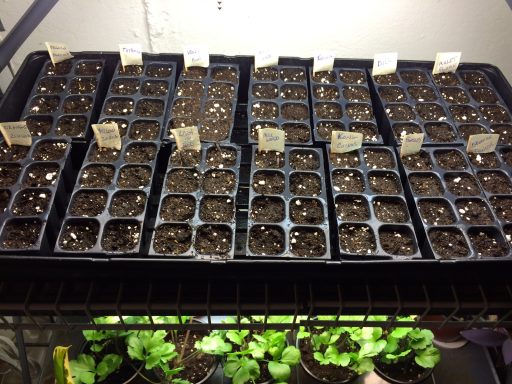
 Welcome to the WGC Plant Sale
Welcome to the WGC Plant Sale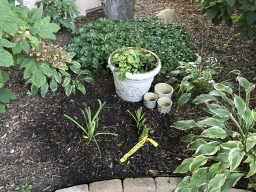 Day Lillies planted this afternoon in my garden. Both I won at our September meeting. One is from our speaker’s garden and one from LindaLee’s garden. I’m excited to see how they bloom next summer! I’ll post again when they bloom in 2019!
Day Lillies planted this afternoon in my garden. Both I won at our September meeting. One is from our speaker’s garden and one from LindaLee’s garden. I’m excited to see how they bloom next summer! I’ll post again when they bloom in 2019!